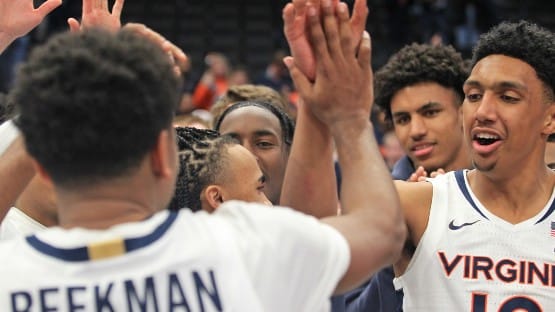Story by Chris Graham
Kevin Nash isn’t bashful about being a big man.
The 6-foot-11 grappler knows he’s not asked to do huracanranas and five-star frog splashes and dives from the top of cages.
“I’m kind of limited in what I can do now – I’ve always been limited, because size does limit you to some degree what you can do in there,” said Nash, a former WWE and WCW world champ who is currently involved in a storyline war against the lineup of cruiserweight wrestlers in TNA’s X Division.
He was speaking about his physical abilities – not his penchant for bringing off match psychology that he dates back to a program that he worked with former WWE titleholder Shawn Michaels a decade ago.
“I know the formula to having a good match with smaller guys. I’ve had great matches with small guy. I can dance, but I need a good dance partner. These guys are probably the best dance partners in the business right now – so if I’m going to go out there and do it, I might as well do it with the best,” Nash said, touting the TNA X Division and its stars, mentioning Chris Sabin, Sonjay Dutt, Jay Lethal and Alex Shelley by name as being among those who have impressed him with their ring work.
Big men often are looked at through a very much different lens – in part because it is hard for fans across the sports spectrum to identify with people who are in the area of seven feet tall, to hear Nash tell it.
“I think that it’s hard for a normal person to identify with somebody that is genetically bigger and imposing. I don’t think that most kids really identify with Shaq when they watch basketball. It’s easier for a kid to look at Steve Nash, a white suburban kid, and say, If I’m going to emulate somebody, I probably would be able to emulate Steve Nash,” said Nash, who played basketball at the University of Tennessee and then professionally in Europe before breaking into professional wrestling.
There are advantages to being a big man in wrestling, of course.
“If a big man can go out and do two or three things and have some charisma and be able to get over, then you don’t need to set yourself on fire or do anything else,” Nash said.
“There’s a lot of guys in major-league baseball that have one pitch. It just happens to be a 100-mile-per-hour fastball. I don’t think it takes away from your athleticism. To move a seven-foot body as well as I move it, it takes a lot more skill than it takes to move a five-foot-eight body around,” Nash said.
(Published 06-19-06)










